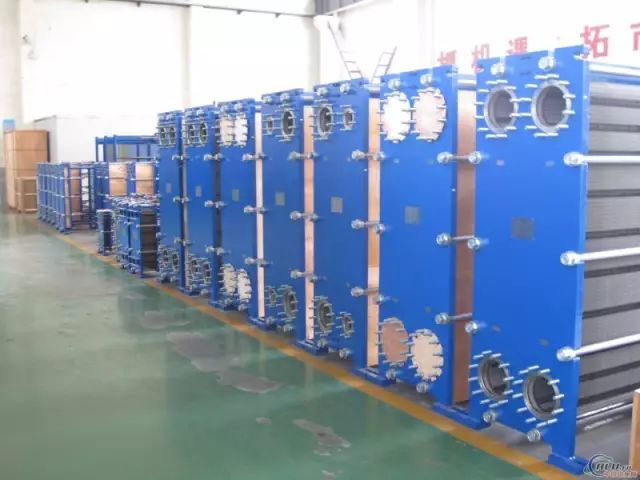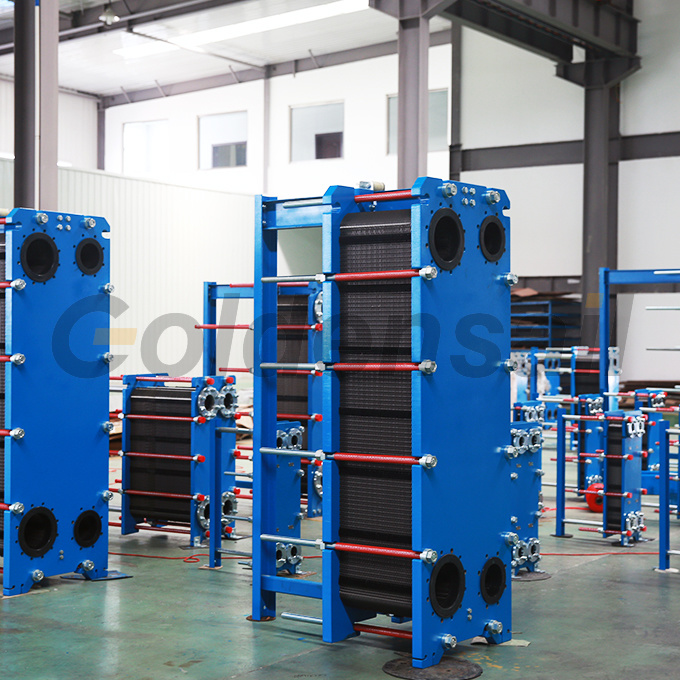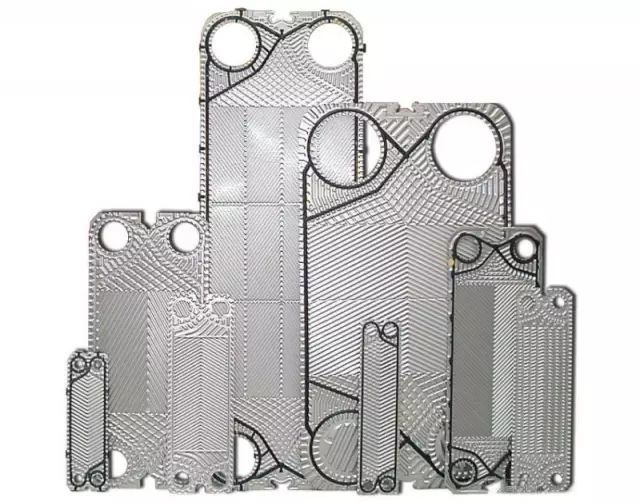Tianjin Botai Heat Exchange Equipment Co.,Ltd
May 27,2021
Plate heat exchanger company: How to assess the design performance of plate heat exchangers?
Plate heat exchangers are widely used in our lives, mainly in factories, homes, and office areas. In fact, there are certain differences in the design performance of different plate heat exchangers. Therefore, how should one assess the design performance of a heat exchanger when purchasing one? Today, a plate heat exchanger company will explain this to everyone.
Jun 11,2021
Introduction to the Anti-Corrosion Methods of Welded Plate Heat Exchangers
Stress corrosion of welded plate heat exchangers is a rupture caused by the combined effects of residual stress in the plates, external forces, and corrosive environments. This rupture occurs rapidly and suddenly with almost no deformation of the plates. Therefore, stress corrosion is one of the most harmful forms of corrosion. Commonly used materials in engineering, such as austenitic stainless steel, copper alloys, titanium alloys, high-strength steel, and high-strength aluminum alloys, are all very sensitive to stress corrosion. These materials can cause stress corrosion even in environments where corrosion is not severe, such as water containing a small amount of Cl-, humid atmospheres, and distilled water.
Sep 29,2022
[Collection] Knowledge of Plate Heat Exchangers
First of all, do you know what a plate heat exchanger is? How does it transfer heat? What does its structure look like? The plate heat exchanger is determined by its structural characteristics, making its installation relatively convenient and flexible. Installation of the plate heat exchanger 1. Assembly of the parts of the plate heat exchanger Regarding the assembly of the parts of the plate heat exchanger, whether the manufacturer ships the parts to the user for on-site assembly, or the user disassembles the plate heat exchanger during equipment maintenance and then reassembles it, it must be done in the following order. 1. Carefully read the accompanying documents (certificate of conformity, material certificate, flow chart, assembly drawing, and packing list, etc.). 2. Check the plates, connections.
Sep 29,2022
Selection and Application of Heat Exchangers
The plate heat exchanger is a type of heat exchanger made up of a series of metal plates with a specific corrugated shape stacked together. Thin rectangular channels are formed between the various plates, allowing for heat exchange through the plates. It has high heat exchange efficiency, low heat loss, a compact and lightweight structure, a small footprint, easy installation and cleaning, and is widely used.
Sep 29,2022
Knowledge Sharing on Operation and Maintenance of Plate Heat Exchangers
Plate heat exchangers have characteristics such as high heat transfer coefficient, low pressure drop, compact structure, light weight, small footprint, convenient area and flow combination, strong part universality, a wide selection of materials, and ease of large-scale production. They have been widely used in fields such as food, machinery, metallurgy, petrochemicals, and shipping, and have become the dominant heat exchange equipment in urban centralized heating projects. To ensure the normal operation of plate heat exchangers and extend the service life of key components (such as plates and gaskets), it is particularly important to understand the faults that occur in plate heat exchangers, their causes, and treatment methods.
Sep 29,2022
System application of plate heat exchangers, system fault handling
Plate heat exchangers are widely used in industries such as chemical engineering, petroleum, and heating. However, the selection process for plate heat exchangers is quite complex and requires optimization of the heating system. Therefore, this article mainly analyzes the specific application methods of energy-saving design in the heating system of plate heat exchangers, and analyzes the working principles of the heating system, the problems existing in system design, and the methods for optimizing the heating system.
Sep 29,2022
If there is a leak between the plates, it may lead to poor heat exchange efficiency, affecting subsequent production processes; in severe cases, it could cause the heat exchanger to stop working, directly impacting our production schedule. Therefore, we need to regularly clean, maintain, and service the heat exchanger based on operating conditions.



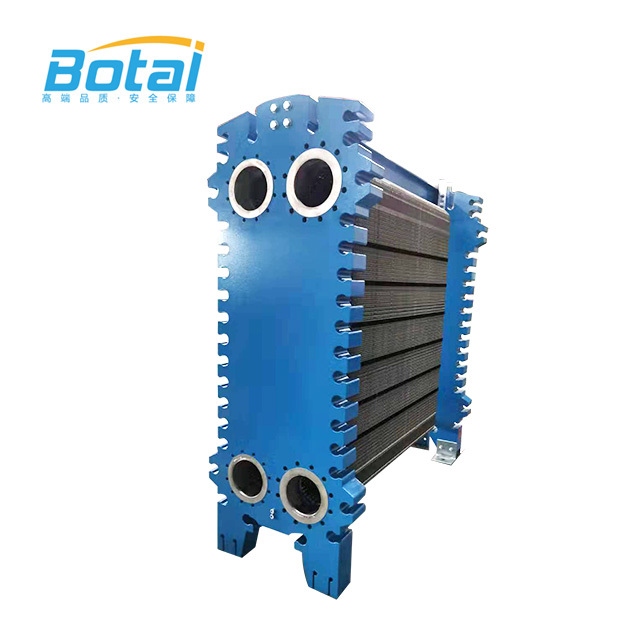
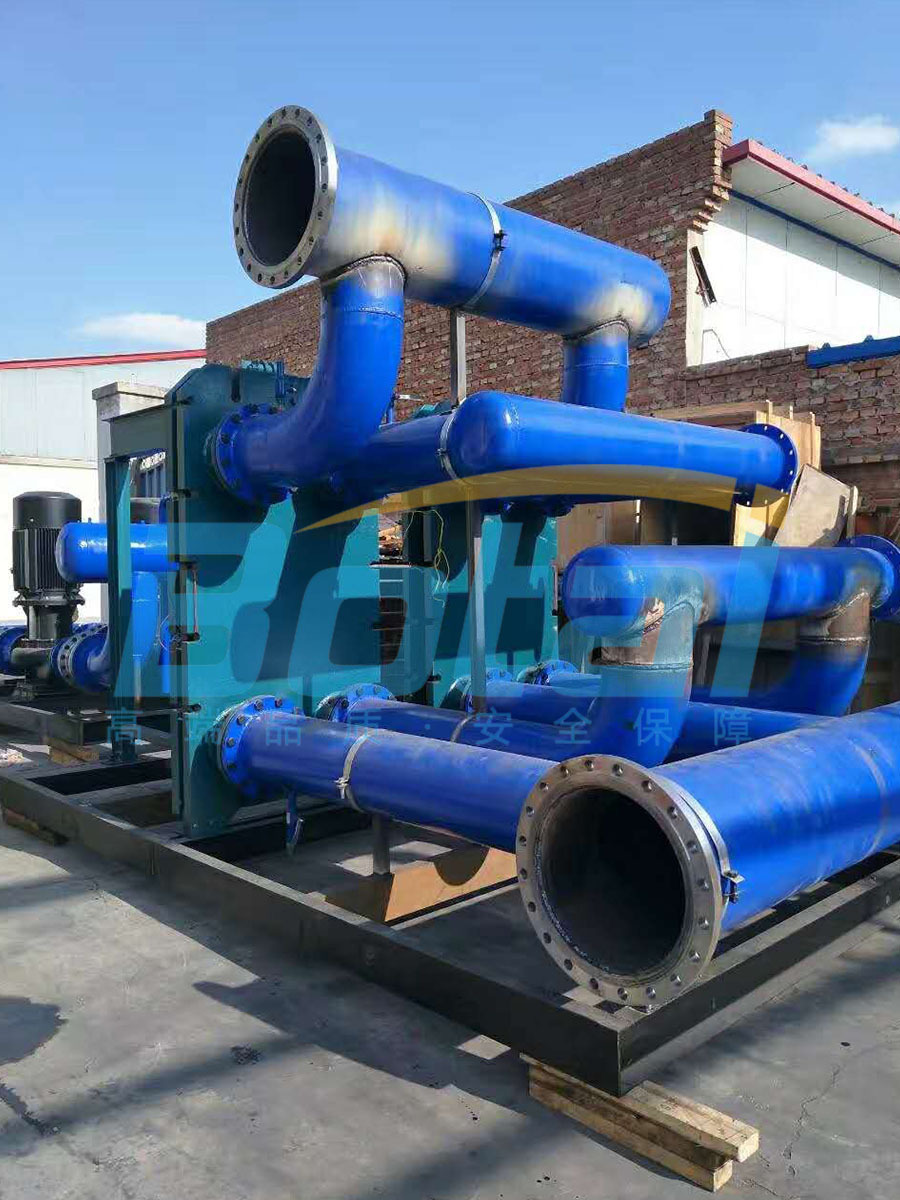
![[Collection] Knowledge of Plate Heat Exchangers [Collection] Knowledge of Plate Heat Exchangers](https://omo-oss-image.thefastimg.com/portal-saas/pg2024070916582025431/cms/image/f342c12f-27ec-4189-bc5d-b4fc01b38e5f.jpg)

